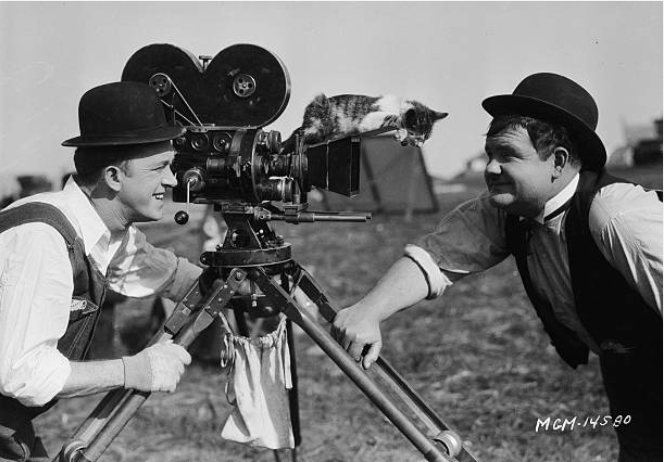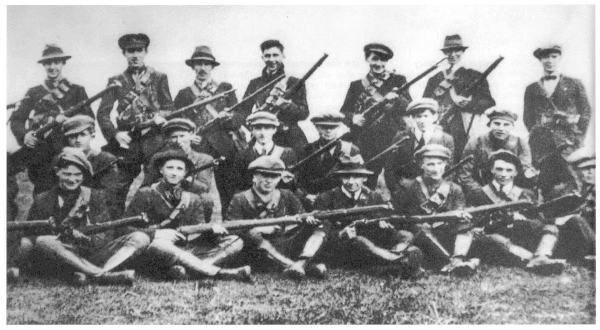Before this course, my view of the 1920s was limited to gangsters, prohibition, and flappers. Most of my education about the 1920s came from history classes and a couple books I read in my free time. My view was very limited and I had not had the opportunity to learn more about the 1920s. This course has allowed me to learn about different events and people of the 1920s through research and by reading my classmates blog posts. I had already learned a large amount after completing the first assignment. This course broadened my view of the 1920s. In my initial view, I had misunderstood how diverse the people and culture was.
I am glad that I had the opportunity to choose different events and people to research. The blog post and historiography assignments allowed me to learn about diverse topics of the 1920s. When looking for topics for my blog posts, I read through an abundance of events and people that led to the bettering of my understanding of the 1920s. Through readings and lectures in class, I was able to find reliable sources of information to ensure I had accurate information about this decade.
My blog post about the internment of the American Unknown Soldier taught me about public feelings post-World War I. Although this post was mostly focused on America, I was able to learn about different countries and their unknown soldiers. My research about Laurel and Hardy provided insight into the humor, film technology, and celebrity culture of the decade. The historical document of the Laurel and Hardy short was fun to do because I got to watch one of their films. My blog post about Amelia Earhart’s 1928 flight educated me about celebrity culture, women and airplane culture/technology.

The historiography timeline post taught me about the Irish War of Independence, which is something I possibly would not have learned about in a history class or on my own. Learning about an event that happened outside of the United States of America aided in expanding my knowledge. These assignments also helped me learn through the primary sources we had to use. Photographs, videos, and newspaper articles all aided in my understanding and view of the decade.

I still think that the “Roaring Twenties” is a good phrase to describe the 1920s. I feel that it describes the different events that occurred during the decade and the different people who lived through it. To people who want to learn about this decade, I would suggest keeping in mind this phrase to show how chaotic things were during this decade and how much was happening at once. I would also tell someone to look at primary sources from a reliable source. These primary sources show the diversity of the people, technology, feelings, and happenings. I would also emphasize using reliable sources that describe anything and everything related to the 1920s.
Overall, this course was very helpful in gaining a better understanding of the 1920s. I learned a lot about the people, events, culture, and technology. I also learned about the happenings of the 1920s in different countries.

Michelle Kukan is a spring 2023 student of Discovering Digital History at Ramapo College. She is a sophomore studying history, American studies and museum & exhibition studies. She is a volunteer for Mahwah Museum’s Veterans Project and works on the Jane Addams Paper Project.

